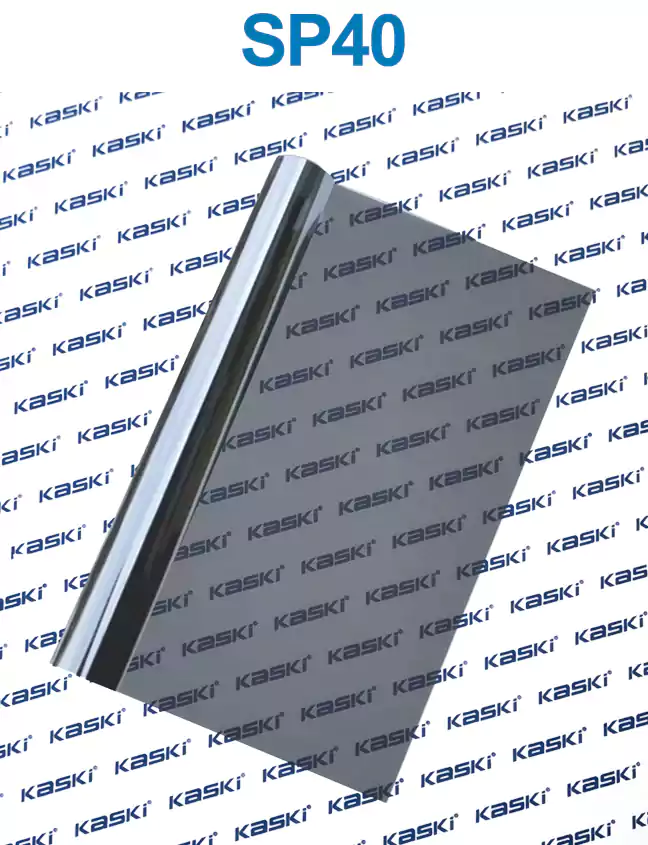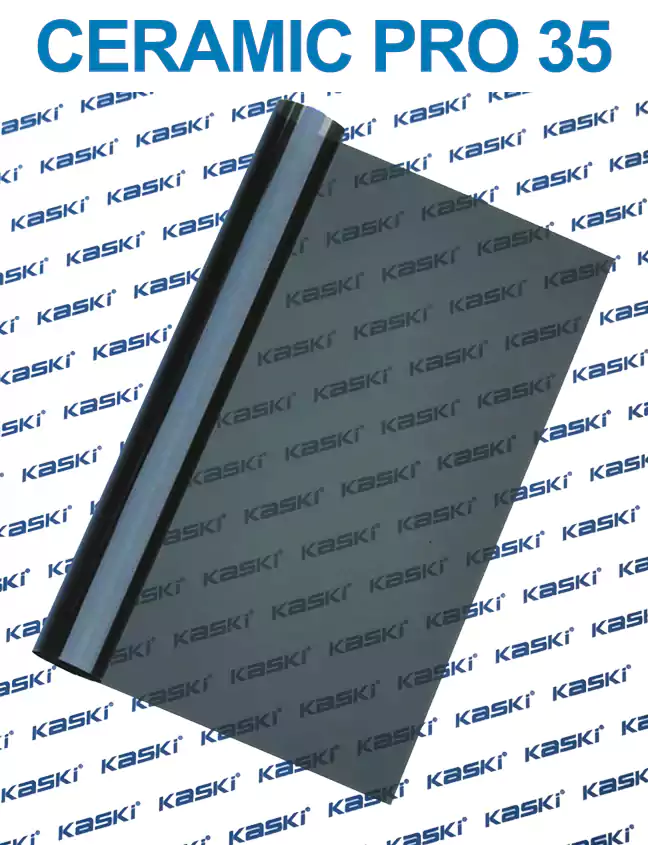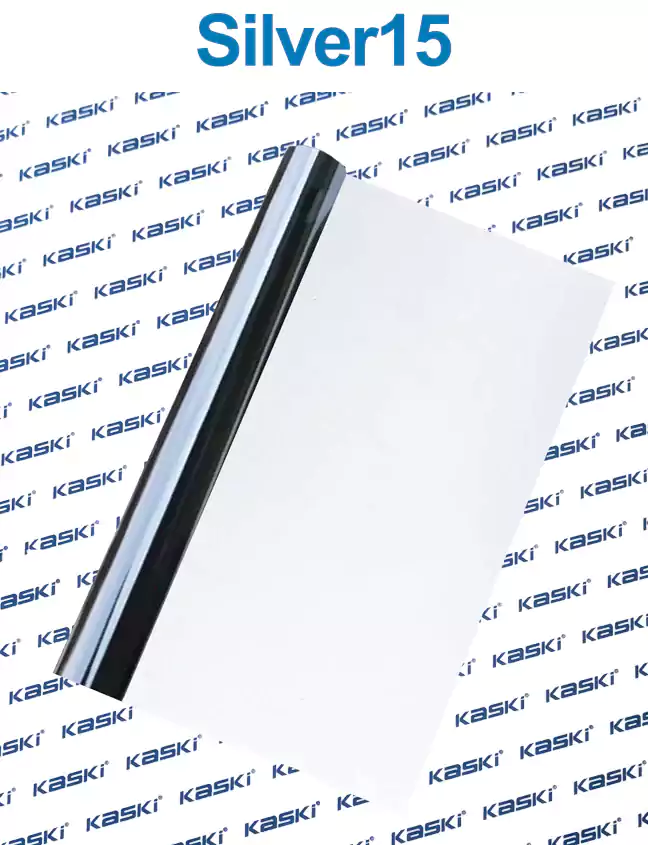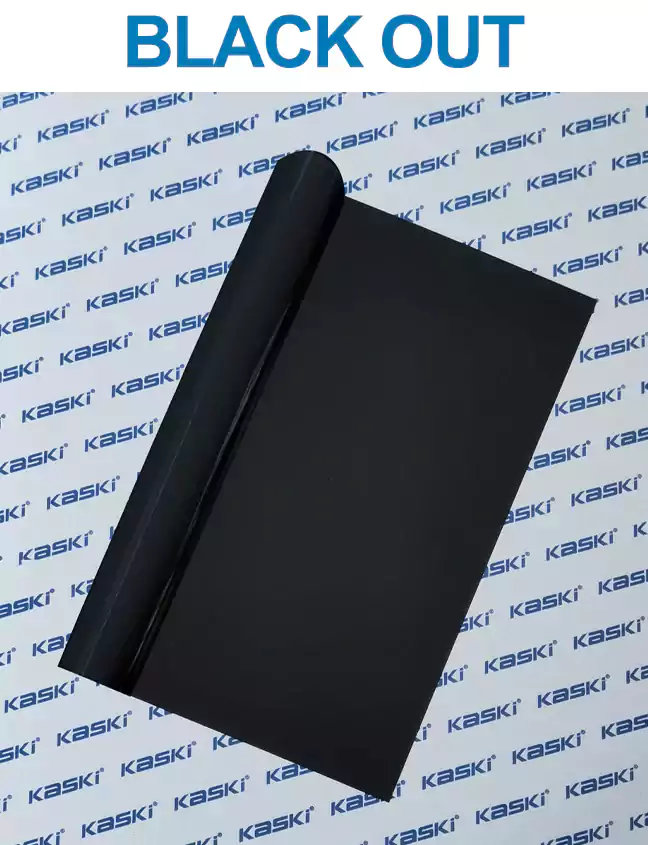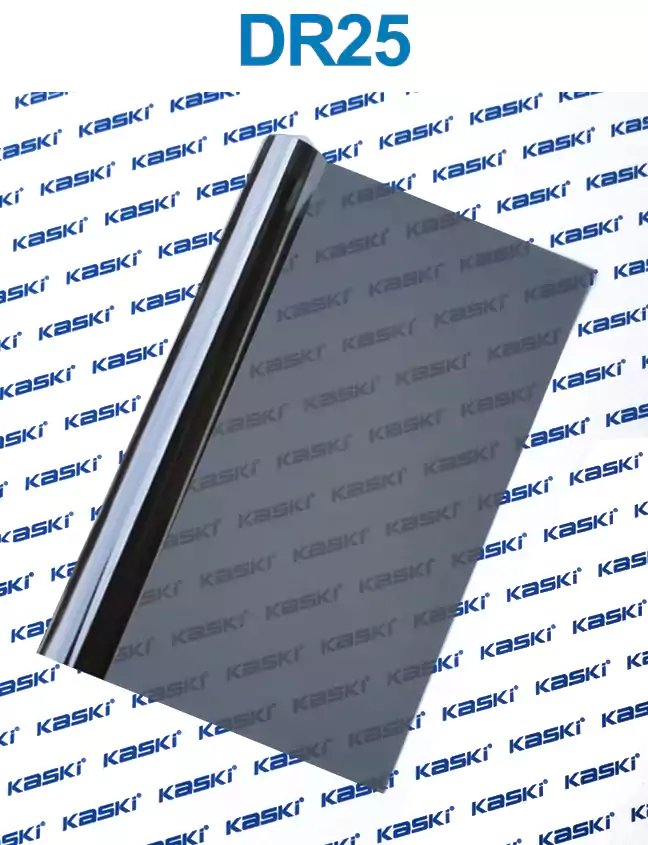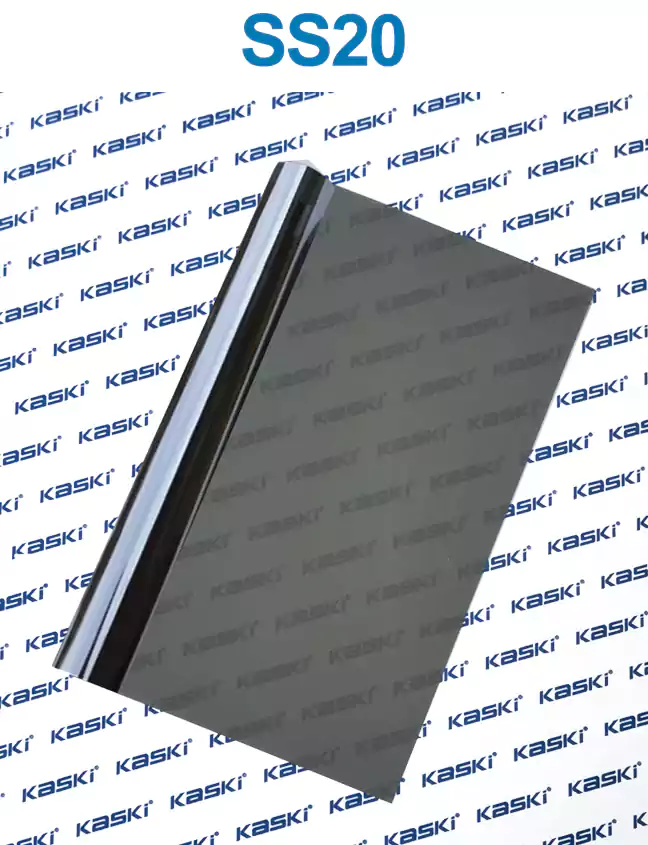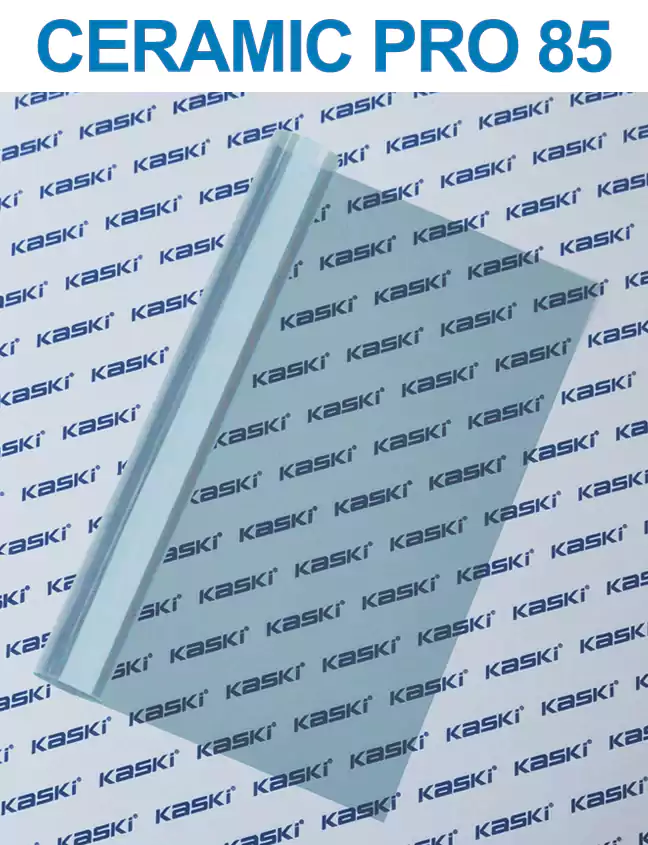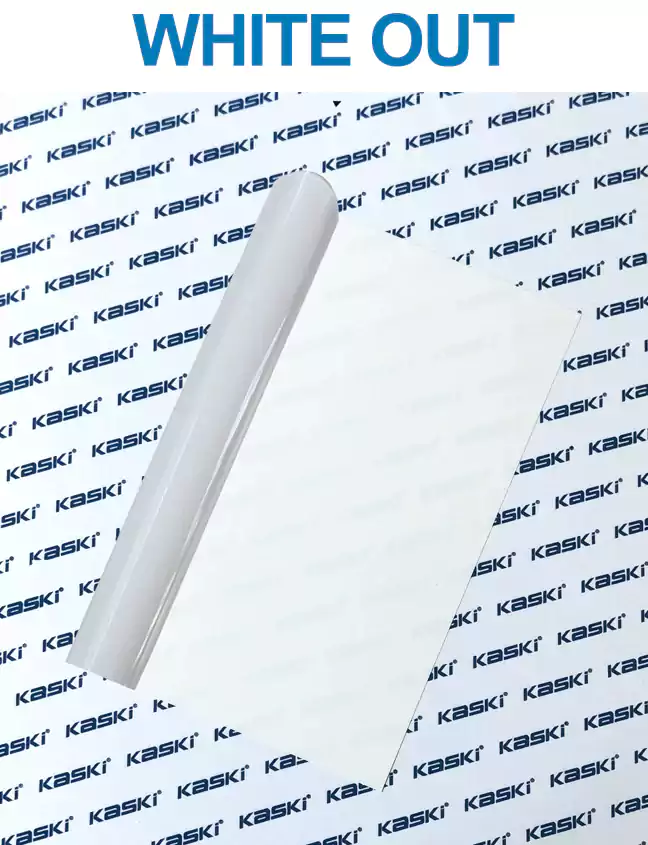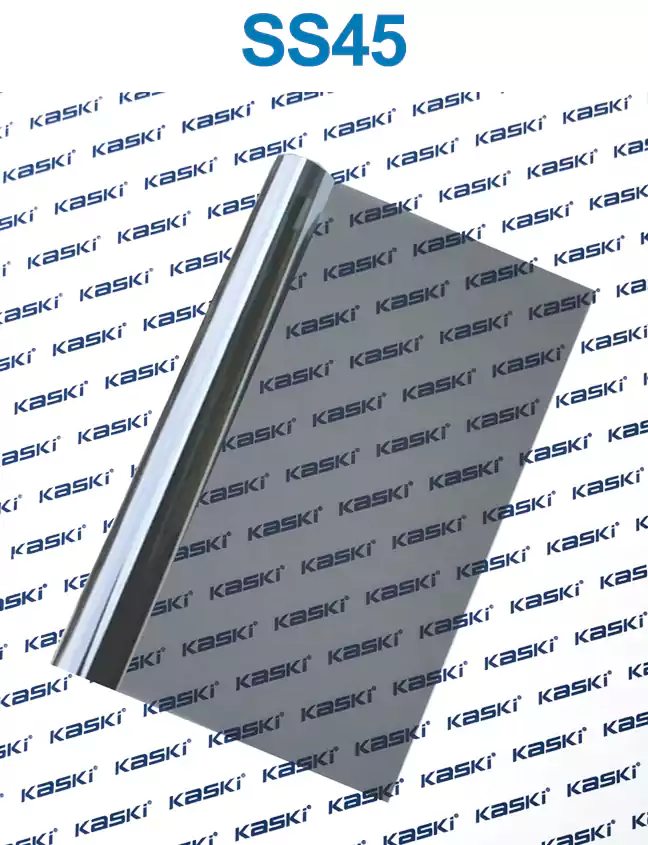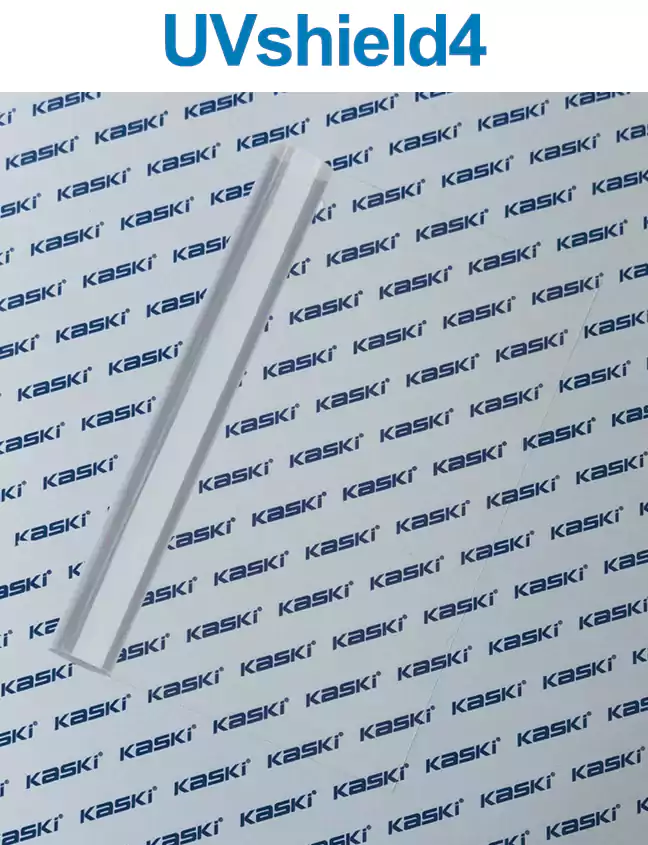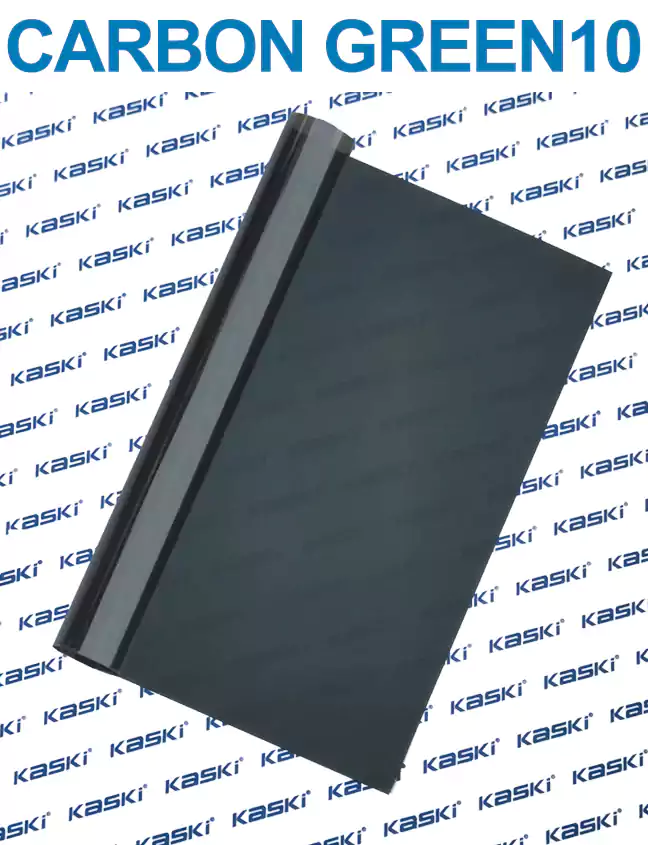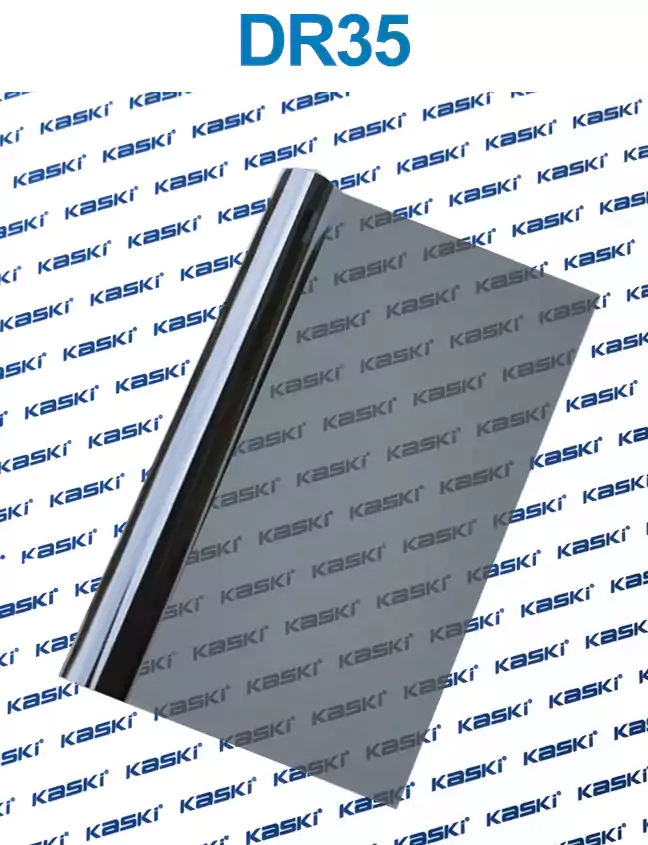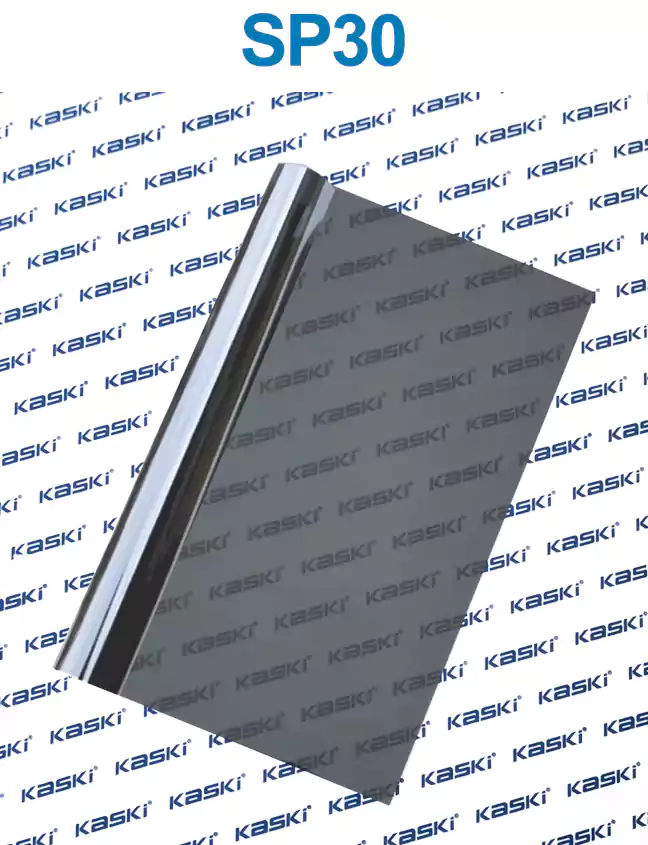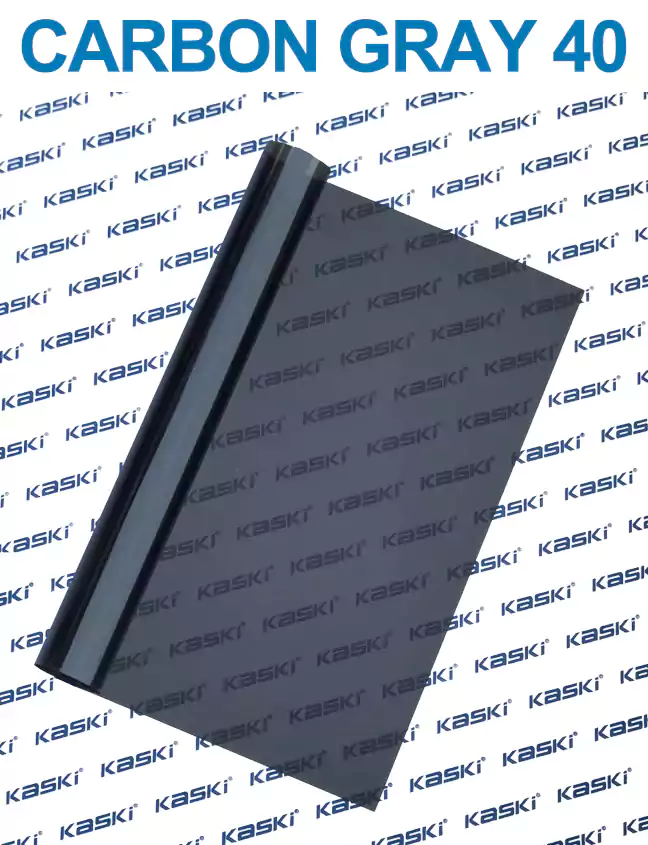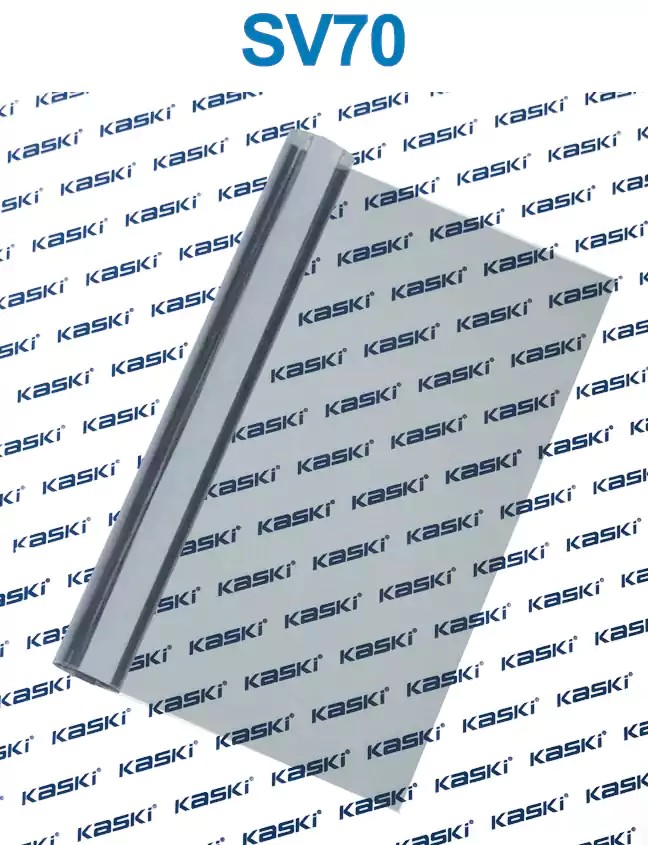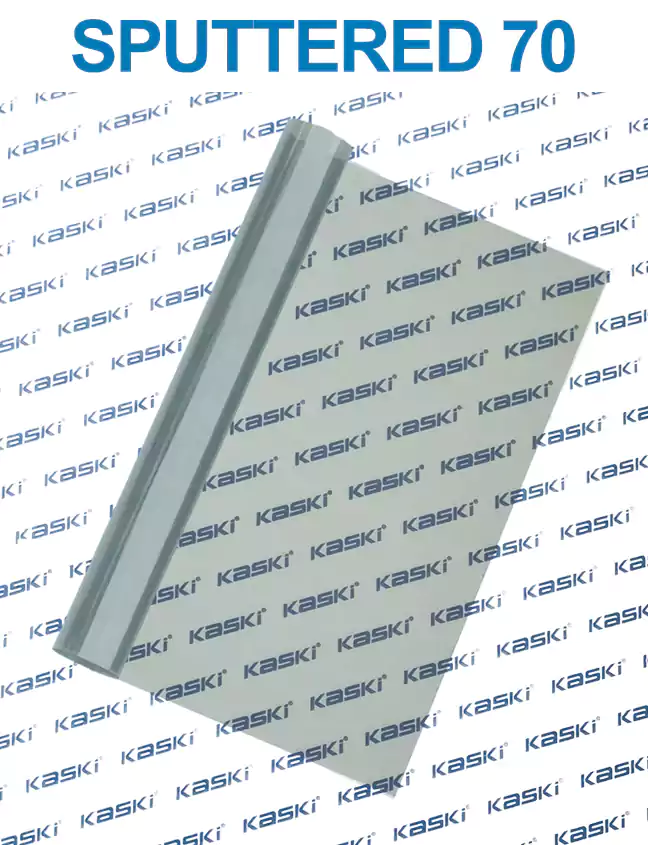Automotive window tinting is a popular and practical solution for enhancing the comfort, safety, and energy efficiency of your vehicle. Whether you're looking to reduce glare, protect your interior, or maintain a comfortable cabin temperature, window tinting offers a range of benefits that make it a worthwhile investment for many car owners.
In this comprehensive guide, we'll explore the principles of automotive window tinting, the advantages it offers, and provide a detailed installation case study to help you understand the process better.
The Principles of heat control window film
Window tinting films are designed to be applied directly to the interior side of your vehicle's glass. These films are made from a thin, durable polyester material that is coated with a range of tinting dyes and metals. The tinting level, or "darkness," is determined by the density and composition of these coatings.
The primary purpose of window tinting is to reject the sun's heat and harmful UV rays, while still allowing natural light to pass through. This is achieved through the selective absorption and reflection of different wavelengths of light. By blocking a significant portion of the sun's infrared and ultraviolet radiation, window tinting can help keep your car's interior cooler, reduce the fading of your upholstery and dashboard, and protect you and your passengers from the damaging effects of UV exposure.
Advantages of Automotive Window Tinting
1. Increased Comfort and Energy Efficiency: By rejecting the sun's heat, window tinting can help keep your car's cabin cooler, reducing the need for excessive air conditioning and improving your vehicle's overall energy efficiency.
2. Protection for Decorative Curtains and Blinds: If your car is equipped with decorative window treatments, window tinting can help protect them from fading and deterioration caused by UV exposure.
3. Glare Reduction: Tinted windows can significantly reduce the glare from the sun, improving visibility and reducing eye strain, especially during long drives.
4. Enhanced Privacy: Tinted windows provide an added layer of privacy, making it more difficult for others to see into your vehicle.
5. Improved Safety: Some window tinting films are designed to hold the glass together in the event of an accident, reducing the risk of shattered glass and potential injuries.
6. Aesthetic Appeal: Properly installed window tinting can enhance the overall appearance of your vehicle, giving it a sleek and stylish look.
A Detailed Installation Case Study
To provide a better understanding of the heat control window film process, let's take a look at a specific installation case:
Vehicle: 2019 Toyota Camry
Tinting Film: 3M Crystalline 70 Series
Tinting Locations: Side windows, rear glass, and windscreen
The installation process began with a thorough cleaning of the vehicle's windows, ensuring a clean and smooth surface for the tinting film. The installer then carefully measured each window to determine the appropriate size and shape of the tinting film.
Next, the tinting film was carefully cut to size and positioned on the interior side of the windows. The installer used a squeegee to apply the film, carefully removing any air bubbles or wrinkles to ensure a seamless and professional-looking finish.
For the side windows, the installer used a single piece of tinting film to cover the entire window, ensuring a consistent and uninterrupted appearance. The rear glass and windscreen were also tinted, with the installer taking care to align the film with the vehicle's existing trim and molding.
After the tinting film was applied, the installer used a heat gun to activate the adhesive and secure the film in place. This step helps to ensure a long-lasting and durable installation.
Testimonials
"I'm really impressed with the difference the window tinting has made in my Toyota Camry. The cabin stays so much cooler, and the glare reduction is fantastic. I no longer have to squint while driving, even on the sunniest days." - Sarah, 32, San Francisco
"Choosing to tint my car's windows was one of the best decisions I've made. Not only does it look great, but it's also made a noticeable difference in my fuel efficiency. I'm saving money on gas and keeping my car's interior in better condition. Highly recommend this service!" - Michael, 45, Atlanta
In conclusion, automotive window tinting is a practical and versatile solution that can enhance the comfort, safety, and energy efficiency of your vehicle. By understanding the principles and advantages of window tinting, and learning from a detailed installation case study, you can make an informed decision about whether this service is right for your car.

